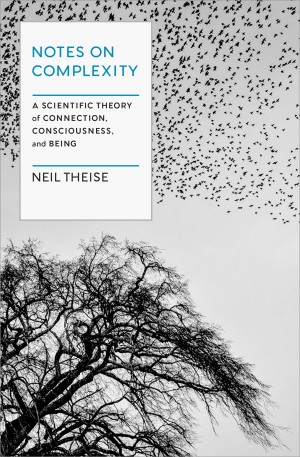As the title might suggest, the readership for Kabbalah: A Neurocognitive Approach to Mystical Experiences by Shahar Arzy and Moshe Idel may be limited to those who have more than a passing interest in neuroscience, Jewish mysticism, or both, but those readers who find themselves attracted to it will likely find the book engaging, stimulating, and deeply satisfying.
As much a call for an integrated, varied, and interdisciplinary approach to the study of Kabbalistic literature as a study in and of itself, this slim volume sets out to compare the self-reported experiences of Jewish mystics (from the thirteenth century ecstatic Avraham Abulafia through the founder of Modern Hasidism, the Ba’al Shem Tov), with contemporary clinical and scientific observations of both healthy brains and neurological patients. This comparison yields some fascinating results for the diligent reader, whether she is already familiar with the general functioning of the human brain or whether she takes recourse to the well-advised and instructive appendix outlining this information. Though there is no lack of technical detail presented, the approachable style and frequent reiterations of argument make the thrust of the book graspable to an uninitiated reader without too much extra effort, and the dividends far outweigh the investment.
Arzy and Idel state directly that they do not set out to demystify the experiences of their subjects (as they rightly note, “demystification does not serve hermeneutics”) and, admirably, in a work that could easily have turned into the justification or explaining-away of certain personal, subjective episodes, they manage to contribute new understandings of the mechanisms and processes that may have underlain such episodes without privileging a neuro-mechanical interpretation above the mystically oriented and personally articulated interpretation of those subjects. In a society that increasingly seems to insist on the incompatibility of rationalism and religious mysticism, the demonstration of this cooperative, synthetic methodology is particularly laudable, and renders an already fine work even more commendable.
Related Content:
- Kabbalah Reading List
- In the Mind Fields: Exploring the New Science of Neuropsychoanalysisby Casey Schwartz
- A Highly Unlikely Scenario by Rachel Cantor
- Matthue Roth: Why Authors Torture the People We Love





